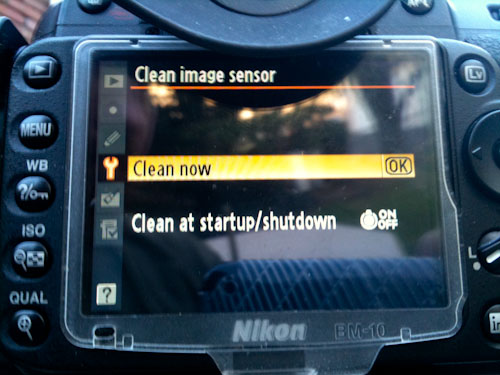The web community lives in a world of numbers. Tools like Google Analytics, Mint, Campaign Monitor and others do a wonderful job of helping put concrete numbers in the hands of site owners allowing them to make informed decisions about their business.
Last week ReadWriteWeb had an article The Death of the Pageview which provided an overview of some ways the industry has moved from simple “clicks” or “views” into more meaningful metrics. While it is great that we can now measure campaign conversion rates or watch the cow paths form through the sites we build we must always ask ourselves if the analytics are measuring the correct things, or if numbers or trends can even help answer a particular question.

